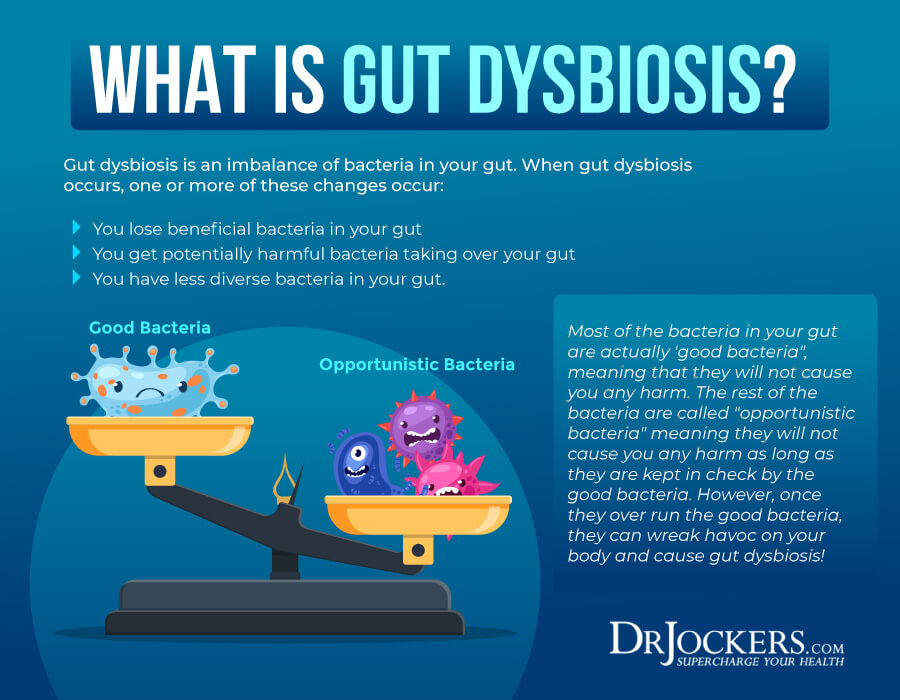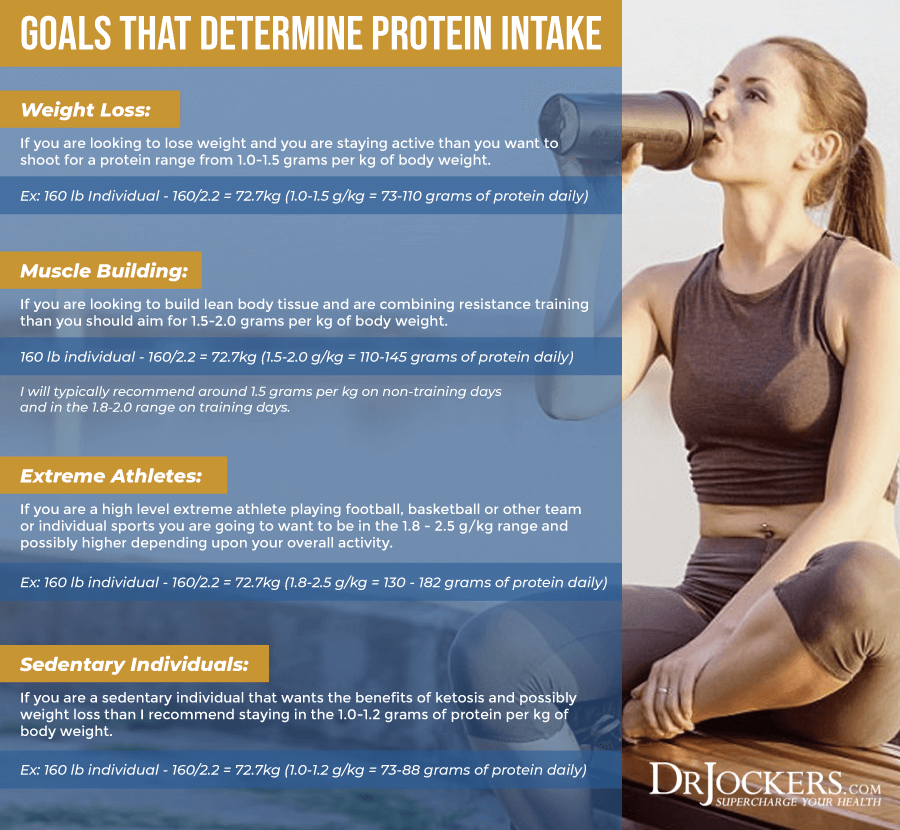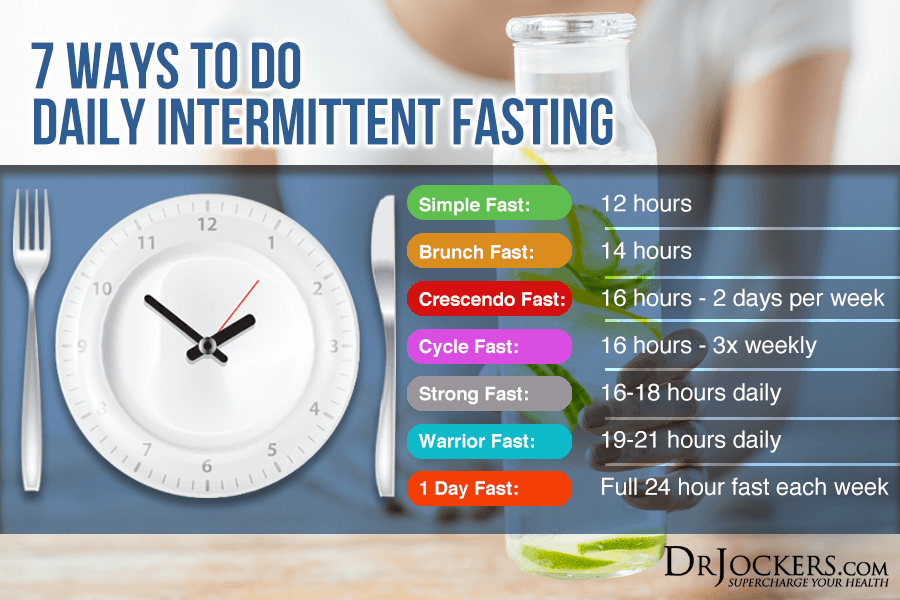 Sarcopenia: Top Strategies to Keep Muscle Mass as You Age
Sarcopenia: Top Strategies to Keep Muscle Mass as You Age
Sarcopenia refers to age-associated muscle degeneration. After the age of 30, people begin to lose their muscle mass, losing 3 to 8 percent each decade. Losing muscle mass can decrease your ability to participate in daily tasks and activities. It may lead to falls, injuries, hospitalization, disability, loss of independence, care, and a shorter lifespan. Fortunately, you can reduce your risks and improve your chance of keeping your muscle mass as you age with the help of some natural support strategies.
In this article, you will learn what sarcopenia is. I will discuss the symptoms of sarcopenia. I will go over the root causes of sarcopenia. I will also share my top natural support strategies for sarcopenia to keep your muscle mass as you age.

What is Sarcopenia
The word sarcopenia means “lack of flesh”, which makes sense once you understand the condition. Sarcopenia is a condition related to age-associated muscle degeneration. It is more relevant and more common in those over 50 years of age. After the age of 30, people start losing their muscle strength. According to a 2004 review published in Current Opinion in Clinical Nutrition and Metabolic Care, people tend to lose between 3 to 8 percent of their muscle strength each decade (1).
Losing muscle strength can reduce your ability to perform regular daily activities and routine tasks. It may increase the risk of developing a disability, losing independence, and needing care. It may increase the risk of falls, accidents, injuries, fractures, hospitalization, surgeries, and post-surgery complications. Considering the cost of hospitalization and homecare, sarcopenia can also become very costly. According to a 2016 review published in Worldviews on Evidence-Based Nursing, sarcopenia may also shorten your lifespan (2).
According to a 2015 review published in The Proceedings of the Nutritional Society, sarcopenia may develop because of the imbalance between the signals for muscle cell growth (anabolism) and signals for breakdown (catabolism) (3). In a healthy body, your growth hormones work together with protein-destroying enzymes to keep your muscles healthy and muscle mass steady throughout the ongoing cycle of muscle growth, stress, injury, breakdown, destruction, repair, and recovery. In an aging body, an imbalance between signals and a resistance to growth signals may develop, which can cause more catabolism and muscle loss over anabolism and muscle growth.

Symptoms of Sarcopenia
Symptoms of sarcopenia may include:
- Muscle weakness
- Falling
- Slow walking speed
- Self-reported muscle wasting
- Difficulty performing or partaking in normal daily tasks and activities
- Fatigue easily during exertion

Root Causes of Sarcopenia
If you have any health issues, it’s important to look at the root causes of the problem. If we look at the root cause of the problem, we can develop treatment strategies to address them instead of only putting a band aid on the symptoms. The root causes of sarcopenia may include:
Inflammaging
The term inflammaging, also known as inflamm-aging or inflamm-ageing, refers to an upregulated inflammatory response and a low-grade inflammation throughout the body that develops with advanced age. Inflammaging can accelerate the aging process and may worsen some age-related symptoms and diseases.
According to a 2013 study published in Longevity & Healthspan, inflammaging may be a consequence of the innate and acquired immune system that can increase inflammatory cytokine production in the body (4). This can promote inflammation and contribute to age-related health issues, including muscle decline.
A 2013 study published in Thorax has found that patients with chronic obstructive pulmonary disease (COPD) and related chronic inflammation also had a decline in muscle mass (5). There are many other diseases that are characterized by long-term chronic inflammation, including chronic infections, inflammatory bowel diseases, and autoimmune conditions, that may increase the risk of muscle loss and sarcopenia. According to a 2016 systematic review and meta-analysis published in Maturitas, higher levels of C-reactive protein may be associated with chronic inflammation and sarcopenia (6).

Inadequate Protein Intake
Following an unhealthy diet low in nutrients and high in refined sugar, refined oil, artificial ingredients, and overly processed foods can increase chronic inflammation. Paying attention to your macronutrients is critical as well. A diet too low in calories and too low in protein can not only result in weight loss, but also in a loss of muscle mass.
Protein is critical for muscle health, muscle mass, and muscle strength. An inadequate protein intake may lead to sarcopenia. With aging, many people develop problems with their teeth and gums, have issues swallowing, experience changes in their taste and appetite, and have increased challenges shopping and cooking.
This can increase their risk of not meeting their protein and caloric needs. According to a 2015 review published in the Journal of Clinical Medicine Research, consuming 25 to 30 grams of protein at each meal may help to lower the risk of sarcopenia (7).

Poor Stomach Acid Levels
Stomach acid is also known as gastric acid. It is a watery, colorless fluid made by your stomach lining to support digestion. As its name suggests, stomach acid is very acidic, which supports the breakdown of food for proper digestion. Stomach acid also helps the proper absorption of nutrients.
Poor stomach acid levels can clearly cause problems when it comes to digestion. If you have poor stomach acid levels, your body may not be able to break down and absorb protein and other nutrients from food. This can not only lead to digestive issues but chronic inflammation and health complications.
According to a 2022 study published in Nutrients, poor gastric motility may be associated with sarcopenia in older adults (8). A 2019 study published in Science Reports has linked gastroesophageal reflux disease, associated with low stomach acid levels, to poor skeletal muscle attenuation and sarcopenia (9).

Gut Dysbiosis
Your gut is home to trillions of bacteria and microbes. Some of these microbes are beneficial, others are harmful to your health. The key is to have a gut microbiome imbalance, where you have more beneficial bacteria than harmful ones. Unfortunately, an inflammatory diet, poor lifestyle choices, nutrient imbalances, stress, environmental toxins, and other factors can disrupt the balance.
Gut dysbiosis means that there is an imbalance in your gut microbiome, and there are too many harmful bacteria and too few beneficial ones. Gut dysbiosis can create chronic inflammation and the risk of chronic and serious health issues. It may also increase your risk of sarcopenia.
A 2018 study published in Mediators of Inflammation has found that gut dysbiosis may play a role in age-related inflammation, inflammaging, muscle aging, and sarcopenia (10). Researchers found that targeting gut dysbiosis may be important when addressing sarcopenia. A 2021 systematic review published in the Journal of Cachexia, Sarcopenia, and Muscle has supported these findings and has found that gut dysbiosis may play a critical role in the development of sarcopenia (11).

Chronic Stress & Poor Sleep Quality
Chronic stress and poor sleep are major underlying factors behind chronic inflammation, inflammaging, and age-related health issues, including sarcopenia. According to a 2018 study published in the Hormones, chronic stress may play a role in body composition disorders, including sarcopenia (12).
Chronic and serious stress related to health issues may also contribute to sarcopenia. According to a 2015 review published in the Proceedings of the Nutritional Society, a 2016 review published in Current Gastroenterology Reports, a 2016 review published in Nephro-Urology Monthly, and a 2016 review published in the Proceedings of the Nutritional Society, stress related to chronic liver disease, chronic heart failure, chronic kidney disease, and cancer treatment may cause muscle loss and sarcopenia (13, 14, 15, 16).
Chronic stress can contribute to poor sleep. However, poor sleep can also contribute to chronic stress. Both poor sleep and chronic stress can increase chronic inflammation. And chronic inflammation can cause poor sleep and chronic stress The cycle of chronic stress, poor sleep, and chronic stress can increase the risk of muscle loss.
A 2017 cross-sectional study published in Medicine (Baltimore) has found a link between sleep duration and sarcopenia (17). According to a 2019 systematic review and meta-analysis published in the Journal of Clinical Medicine, poor sleep quality can negatively affect sarcopenia (18).

Natural Support Strategies
Fortunately, with the help of some simple dietary, lifestyle, and supplement strategies, you can improve your health naturally. I recommend the following natural support strategies for sarcopenia:
Anti-Inflammatory Nutrition Plan
Chronic inflammation and inflammaging are some of the main root causes of sarcopenia (4, 5, 6). An inflammatory diet is one of the main driving factors of chronic inflammation and inflammaging. Consuming refined sugar and refined oils drive up inflammation and accelerate inflammaging, which may contribute to sarcopenia. According to a 2020 study published in Nutrition Journal, there is a link between the inflammatory potential of your diet and the risk of developing sarcopenia (19).
I recommend removing all refined sugar and carbs, refined oils, artificial ingredients, deep-fried foods, junk foods, and overly processed foods. Consume a diet high in nutrients and anti-inflammatory whole foods.
Eat plenty of greens, vegetables, herbs, spices, sprouts, fermented food, low glycemic index fruits, grass-fed beef, organ meat, pasture-raised poultry and eggs, grass-fed butter and ghee, wild-caught fish, and wild game. Eat organic whenever possible and available.

Optimize Protein Intake
Inadequate protein intake can cause muscle loss and increase your risk of sarcopenia (7). Make sure that within your nutrient-dense, anti-inflammatory diet, you get enough protein in. Aim for 0.5 to 1 gram of protein per pound of body weight. I recommend that you mainly focus on healthy animal-based proteins, including grass-fed beef, organ meat, pasture-raised poultry and eggs, wild-caught fish and seafood, and wild game.
If you have difficulty meeting your protein needs through food, you can use protein powders to help get enough protein. Nuts and seeds can add additional plant-based protein to the mix. I don’t recommend beans and lentils, especially not in higher amounts, as they can be high in carbohydrates and may cause digestive discomfort. I recommend avoiding grains due to their gluten and carbohydrate content.

Do Resistance Training
Inactivity and a sedentary lifestyle can increase your risk of muscle weakness, muscle loss, and sarcopenia. According to a 2015 review published in the Journal of Clinical Densitometry, not using your muscles enough is one of the main driving factors of sarcopenia (20). According to a 2016 review published in the Journal of Frailty and Aging, bed rest and inactivity after an illness or injury can cause rapid muscle loss in older adults (21).
Decreased muscle strength due to inactivity and a sedentary lifestyle can lead to fatigue, weakness, and poor strength, which may make exercise more difficult and motivation to move low. This can lead to a vicious cycle of inactivity, muscle loss, and fatigue. Moving your body regularly and, more importantly, doing resistance and strength training workouts is critical for improving your muscle strength, mass, and health and reducing the risk of sarcopenia.
I recommend resistance training at least 3 to 4 days a week. Try compound movements such as squats, deadlifts, push presses, rows, and so on. Working with a physical therapist or trainer can help you learn the proper form, try new exercises safely, and improve your strength effectively. This may be particularly important if you are coming back from a period of injury, illness, or inactivity. It’s also a great option if you are completely new to resistance training and exercise.

Time-Restricted Feeding
Time-restricted feeding or intermittent fasting may also help reduce the risk of sarcopenia. According to a 2014 study published in the International Journal of Health Sciences (Qassim), intermittent fasting may reduce inflammation and the risk of associated diseases (22).
A 1988 study published in the Journal of Clinical Investigation has found that intermittent fasting may also improve human growth hormone (HGH) secretion and levels contributing to improved muscle mass (23). According to a 2019 study published in Nutrients, intermittent fasting may also improve collagen levels supporting joint and skin health (24).
I recommend practicing time-restricted feeding. Ideally, I recommend eating during a 6 to 10-hour eating window with a 14-18 hour fasting window. If you are new to time-restricted feeding, begin with a 12-hour overnight fast.
Stop eating after dinner and don’t eat until breakfast the next day, 12 hours later. Extend your fasting window gradually until you find what works for you. Remember not to restrict yourself during your eating window. Consume anti-inflammatory whole foods with plenty of healthy fats, enough protein, and lots of micronutrients to meet your caloric and nutritional needs.

Reduce Stress & Improve Sleep Quality
Chronic stress and poor sleep may increase the risk of sarcopenia (12, 13, 14, 15, 16, 17, 18). Reducing your stress levels and improving your sleep quality may help. I recommend practicing meditation, breathwork, guided relaxation techniques, prayer, and gratitude to reduce your stress levels and respond to stress better.
Journaling may help to release emotional stress and spot negative mental loopholes. Practice mindset shifts and positive affirmation. Spend time in nature. Spend time with supportive friends, family, and community members.
Aim to get 7 to 9 hours of sleep a night. Go to bed and wake up around the same time to support your circadian rhythm. Avoid sugar, caffeine, heavy food, ideally all food, alcohol, electronics, and stress at least two hours before going to bed.
Engage in relaxing activities, such as puzzles, journaling, reading, meditation, healing baths, sipping on herbal tea, and calm conversations in the evening. Invest in a supportive bed, supportive and comfortable mattress, pillows, and bedding, blackout curtains, and an eye mask for better sleep.

Improve Stomach Acid Levels
Poor stomach acid levels can also contribute to sarcopenia (8, 9). Improving your stomach acid levels is critical.
- Use Liquid Nutrition Throughout the Day: Try to make sure that at least half of your meals are in a liquid form, such as a protein shake or green smoothie. Protein shakes are pre-metabolized and very easy to digest and do not depend upon HCL production. If you have low HCL, it may be helpful to drink one to two protein shakes daily to support amino acid absorption, reduce extra stress on your digestion, and support healthy stomach acid levels.
- Use Ginger: Ginger is one of the best things for improving digestive juices. I recommend drinking 2 to 3 cups of ginger tea each day, you can put ginger essential oil in water (2 to 3 drops in 8 oz of water), juice a ½ inch of fresh ginger root in a green juice each day, and use ground ginger on your foods. You can also add fermented ginger to your diet, which is common in Asian dishes such as kimchi. Since spicy foods can be triggering for reflux issues, make sure that it is not triggering for you. If it is, focus on the other steps.
- Super Hydrate Outside of Meal Times: Good hydration can help activate bowel motility and push contents through the digestive system which will reduce microbial fermentation and toxicity in the body. This can help to support your stomach acid levels.
- Drink Very Little With Meat Containing Meals: When you are eating meat or any sort of heavier food, you should stop drinking water or other liquids at least 30 minutes before the meal, except if you need to take a supplement with 2 ounces of water. Holding off water during these meals will reduce any potential dilution of the gastric juices and allow for better digestion.
- Hold Off On Water After a Meal: To allow for optimal digestion, I also recommend not drinking water or other liquids until at least 30 minutes after a meal. This allows for proper stomach acid activity, sterilization, and protein metabolism.
- Use Lemon and Apple Cider Vinegar: Squeezing fresh lemon or using lemon juice or apple cider vinegar on your meat and vegetables helps to pre-metabolize the food and support better digestion and nutrient absorption. You can either marinate foods in a lemon or ACV base or just add them as a dressing right before you consume them. Again, make sure that apple cider vinegar is not triggering any reflux symptoms, focus on my other recommendations.
- Eat Protein Foods at the Beginning of the Meal: The stomach will begin churning out its stomach acid when you begin eating, especially when you are consuming protein. While it’s culturally common to a salad before their protein dish, this is not great for your HCL production. It is a much better idea to eat your protein with the salad or vegetables instead of after.
- Use Fermented Veggies: Fermented foods such as sauerkraut, kimchi, pickles, pickled ginger, and other fermented vegetables all contain organic acids, enzymes, and probiotics which help to improve digestive juice secretions I recommend using one of these with all of your heavier meals and especially any meal with protein.
- Use Fermented Drinks: Fermented drinks such as apple cider vinegar, coconut kefir, and kombucha offer antimicrobial benefits and help to reduce the bacterial load, especially the bacteria in the stomach such as H Pylori. Keeping H Pylori levels down is critical for the body to be able to produce enough stomach acid.
- Eat Your Largest Meal When You Are Most Relaxed: Your body needs to activate the parasympathetic nervous system to produce enough stomach acids. If you are busy and on the go, you will be in fight or flight sympathetic mode. If you struggle with low stomach acid, this fight or flight state is not going to allow your body to produce anywhere near enough. Relaxing before the meal is important to improve stomach acid production.

Support Overall Gut Health and Digestion
Gut dysbiosis and poor gut health may also increase your risk of sarcopenia (10, 11). I recommend supporting your overall gut health and digestion. A 2021 study published in the Frontiers in Nutrition has found that targeting a gut microbiome with probiotics and digestive enzymes may be helpful for sarcopenia (25). A 2022 study published in the Journal of Cachexia, Sarcopenia, and Muscle has found that probiotic supplementation may support the gut-muscle axis and may reduce age-related sarcopenia (26). According to a 2018 review published in Current Opinions in Clinical Nutrition and Metabolic Care, supporting protein digestion may help to reduce age-related sarcopenia (27).
Eat plenty of probiotic-rich foods probiotic-rich foods including sauerkrauts, fermented herbs, kimchi, kefir, kombucha, and yogurt. However, eating probiotic-rich foods is not enough to support your gut flora, especially if you are dealing with gut microbiome imbalance and all kinds of chronic gut health issues. Probiotics may help to improve gut microbiome imbalance and digestion. I recommend using Probiocharge 100 Billion.
To further support your digestion, I also recommend the use of digestive enzymes. Digestive enzymes may help to reduce symptoms of diarrhea and IBS, which are often connected to bile acid malabsorption. I recommend Proteo Enzymes to support protein and overall digestion. Proteo Enzymes™ affect cytokine and eicosanoid balance, promote joint comfort and support the body’s ability to maintain tissue integrity. It also helps balance the immune system, reduce autoimmune activity and break down pathogenic biofilms in the body.
Proteolytic enzymes in Proteo Enzymes may break down proteins and complexes that can be produced as a result of injury and tissue damage. This activity is believed to aid nutrient and oxygen delivery and may help speed the body’s ability to recover and heal. Acid-resistant capsules facilitate the systemic delivery of enzymes. Take it with each meal or as needed.

Supplement with Essential Amino Acids
Getting adequate protein and meeting your amino acid needs is critical for reducing sarcopenia (7). Supplementing with essential amino acids may help. I recommend Amino Strong Essential Amino Acids. Amino Strong™ represents a breakthrough in the use of amino acids for muscle protein synthesis. Over 20 human trials have been conducted to arrive at this specific, patent-pending combination of amino acids in the most effective anabolic ratios.
Whether you want to support muscle strength and function or prevent muscle loss associated with inactivity or aging, Amino Strong provides the right amino acids in the right ratios to help you meet your goals and stay healthy.
The amino acid (AA) formula that comprises Amino Strong was meticulously developed and studied by internationally recognized researchers in the fields of muscle metabolism and aging, and longevity. Amino Strong is designed for both young and elderly individuals who are seeking to stimulate muscle protein synthesis, hasten muscle recovery, and promote muscle strength and function.
Consider Using Whey Protein
Getting adequate protein is critical for reducing sarcopenia (7). Using whey protein may help. I recommend Whey Strong Vanilla. Whey Strong is a great-tasting, high protein, low carbohydrate, functional food powder.
It is made with an exceptional quality whey protein made from the milk of cows that graze on pesticide-free, non-GMO grass pastures in New Zealand, which are known to be one of the least polluted environments in the world. The milking cows are never fed grain and are not subjected to hormone or antibiotic treatments. Unlike other instantized whey formulations, Whey Strong is soy-free.
Whey protein is made up of individual “building blocks” called amino acids, which are used to manufacture enzymes, hormones, and antibodies. Whey protein is considered a complete protein, as it contains an adequate proportion of all the essential amino acids, which are those that cannot be made by the body and must be obtained through the diet. It is also rich in cysteine, and it helps create an important antioxidant in the body, which is glutathione.
Whey protein also contains a high amount of branched-chain amino acids (BCAAs), especially leucine. The important role of leucine is to build muscles. Whey protein has been found to support healthy body composition. Mix 30 grams (approximately one scoop) in 8 ounces of water or any other beverage per day or as directed by your healthcare practitioner.
Final Thoughts
Sarcopenia refers to age-associated muscle degeneration. Losing muscle mass and developing sarcopenia may decrease your ability to participate in daily tasks and activities. It may lead to falls, injuries, hospitalization, disability, loss of independence, care, and a shorter lifespan. Fortunately, you can improve your muscle health naturally with the help of some simple natural strategies. I recommend that you follow my natural support strategies for sarcopenia to keep your muscle mass as you age.
If you want to work with a functional health coach, I recommend this article with tips on how to find a great coach. Our website team offers long-distance functional health coaching programs. For further support with your brain health and other health goals, just reach out and our fantastic coaches are here to support your journey.
Inflammation Crushing Ebundle
The Inflammation Crushing Ebundle is designed to help you improve your brain, liver, immune system and discover the healing strategies, foods and recipes to burn fat, reduce inflammation and Thrive in Life!
As a doctor of natural medicine, I have spent the past 20 years studying the best healing strategies and worked with hundreds of coaching clients, helping them overcome chronic health conditions and optimize their overall health.
In our Inflammation Crushing Ebundle, I have put together my very best strategies to reduce inflammation and optimize your healing potential. Take a look at what you will get inside these valuable guides below!






Why you stopped the availability to copy the articles????????
Nick
Hello Nick, we didn’t stop this. Look at the top right corner of each article – there is a button where you can download a PDF or print copy.